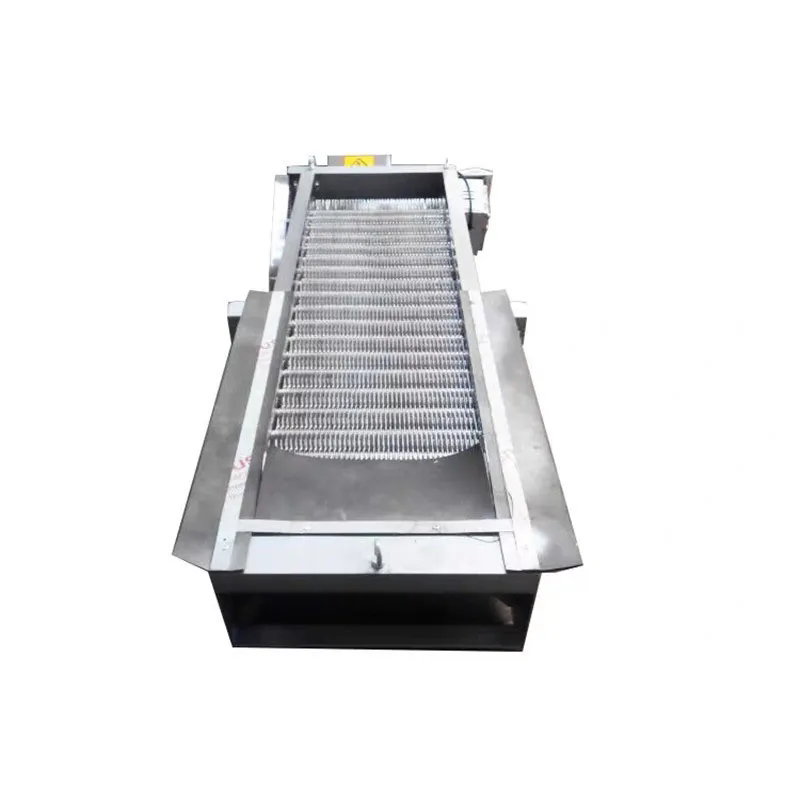What is the Role of a Mechanical Bar Screen in Wastewater Treatment?
2024-10-24
What is a mechanical bar screen?
A mechanical bar screen is a critical component in wastewater treatment facilities designed to remove large debris and solids from incoming water streams. Typically installed at the entrance of a treatment plant, this device consists of a series of parallel bars or screens that trap unwanted materials while allowing water to flow through, ensuring that only clean water proceeds to the next treatment stages.
How does a mechanical bar screen work?
Mechanical bar screens operate through a simple yet effective process. As wastewater flows into the screen, larger objects such as sticks, plastic, and other debris get caught between the bars. Depending on the design, these screens can be stationary or automated. Automated screens use mechanical rakes or conveyors to remove collected debris, transporting it to a disposal area, while ensuring minimal disruption to the flow of water.
What are the advantages of using mechanical bar screens?
The advantages of mechanical bar screens include:
- Effective Debris Removal: They significantly reduce the amount of large solids entering the treatment process, protecting pumps and other equipment from damage.
- Improved Efficiency: By removing large debris early in the treatment process, mechanical bar screens enhance the overall efficiency of the wastewater treatment system.
- Low Maintenance: Many modern mechanical bar screens are designed for durability and require minimal maintenance, leading to reduced operational costs.
Where are mechanical bar screens typically installed?
Mechanical bar screens are commonly found in municipal wastewater treatment plants, industrial wastewater facilities, and stormwater management systems. They are essential in environments where large volumes of water need to be treated quickly and efficiently while preventing clogging and damage to downstream equipment.
What should operators consider when selecting a mechanical bar screen?
When choosing a mechanical bar screen, operators should consider factors such as the screen’s bar spacing, flow capacity, and material durability. It's also important to evaluate the type of debris expected in the wastewater and whether a manual or automatic cleaning system is more suitable for their facility’s needs. Ensuring that the selected screen aligns with the overall treatment goals can significantly enhance the effectiveness of the wastewater management process.



